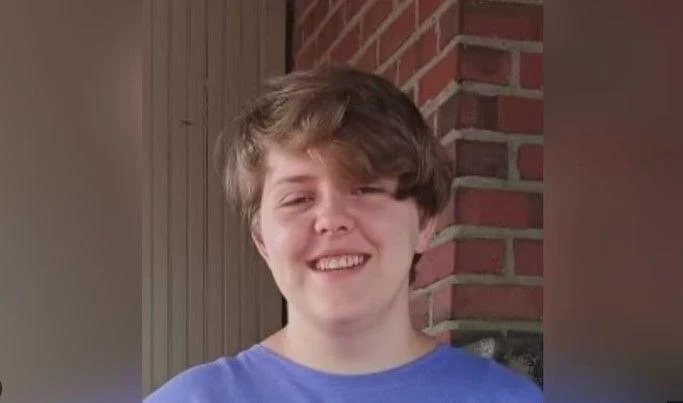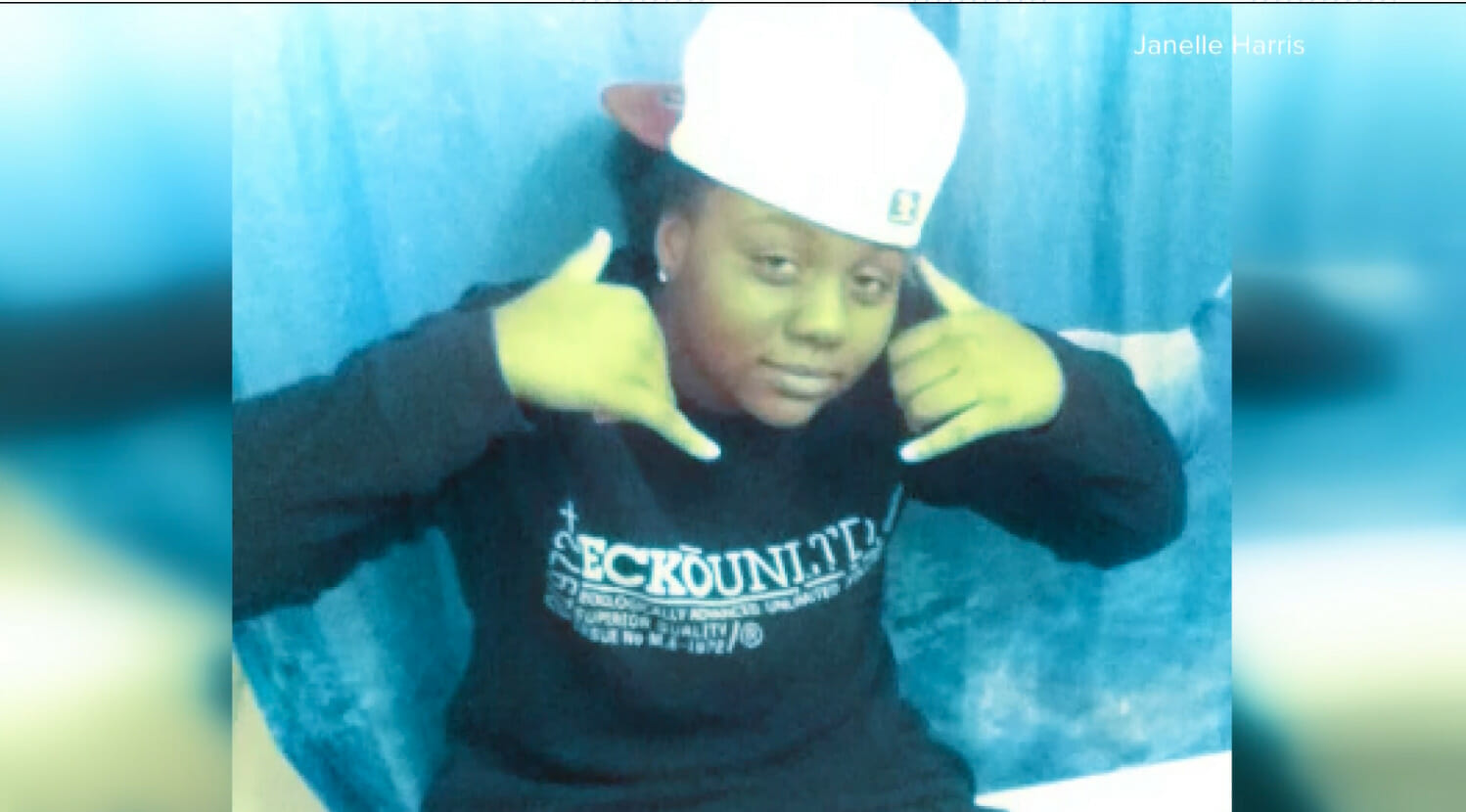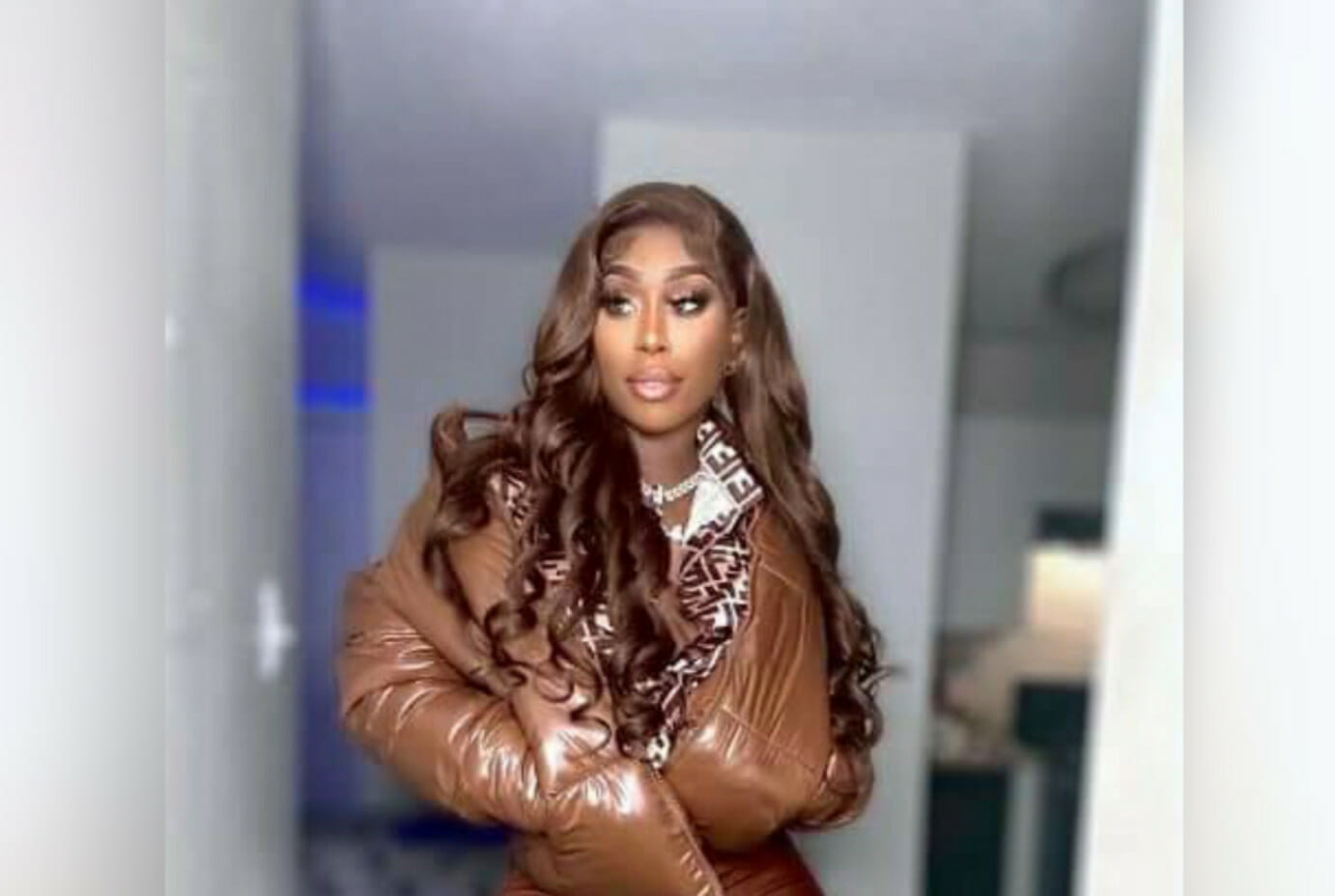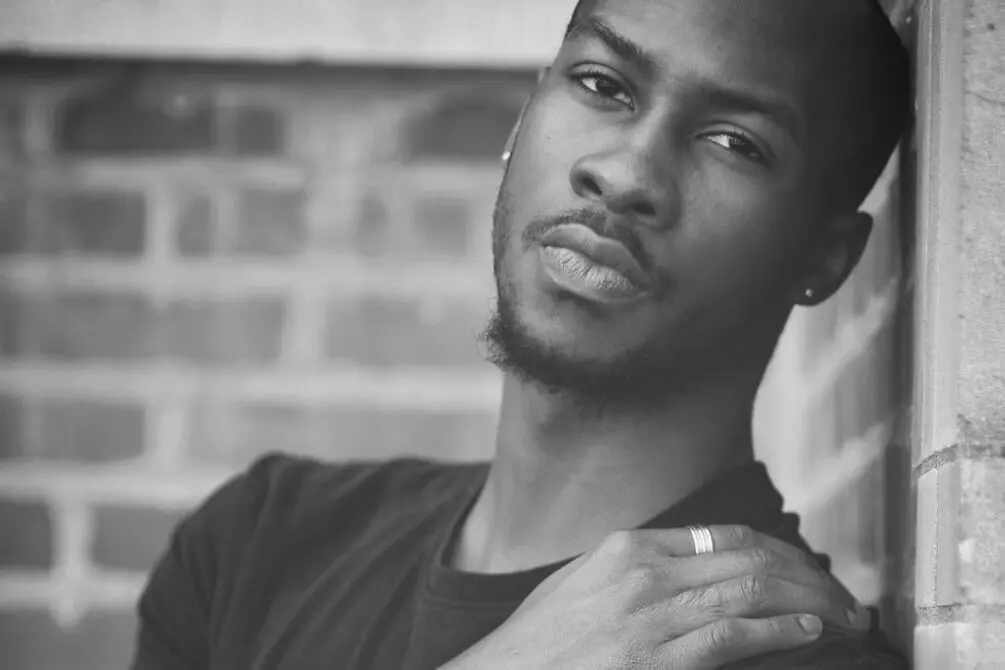A succession of horrible killings of LGBTQ people underscores the real and deadly threats against LGBTQ people in the United States. Anti-LGBTQ hate is on the rise, and these deadly incidents across the country cannot be separated from the escalation in despicable rhetoric and intimidation from far right groups in person and online, and from anti-equality politicians.
On July 29, O’Shae Sibley was stabbed to death at a gas station in Brooklyn. O’Shae, who is well-known in the ballroom community, were coming back from a birthday celebration before ending up at the gas station where the alleged assailant reportedly made homophobic slurs before stabbing O’Shae. Investigators say it may have been a hate crime.
Transgender teenager Jacob Williamson was reported missing from Laurens, SC, on June 30, thought to have gone on a date with a man with whom he had chatted online. Deputies believe 18-year-old Williamson was killed by the man, and Williamson’s body was found about 10 miles away, allegedly transported there by the killer and an accomplice. Williamson had been living with a family friend having felt rejected by immediate family for his gender identity.

In June in Cedar Park, TX, 24-year-old Akira Ross was shot and killed at a gas station following an argument with the alleged shooter who reportedly yelled a homophobic slur at Ross. Ross died in the parking lot. Her murder was among 145 incidents of anti-LGBTQ violence, harassment and vandalism documented during Pride month this year via GLAAD’s partnership with the Anti-Defamation League’s Center on Extremism.

Cam Chamberlain, a 28-year-old transgender woman, a civilian, died in mysterious circumstances at a Texas military base in May after reporting the disappearance of her husband. Her friends say that officials have provided no details, and that there has been no autopsy, obituary, or funeral. “A spokeswoman for the Army’s Criminal Investigation Division declined to comment further, citing an ongoing investigation,” reports PGHLesbian.
“A 37-year-old Black trans woman, Ashley Burton, was killed in Atlanta during a domestic dispute on Tuesday, April 11,” reports PGHLesbian. Atlanta Police responded to a 911 call and found the hairstylist and makeup artist’s body. “Police describe her death as a domestic incident, suggesting she was shot by an intimate partner…Ashley’s cousin describes her as a courageous fighter who fled her assailant and desperately sought help from her neighbors before she died.”

In June a 29-year-old Afro-Latina trans woman Chanell Perez Ortiz was shot to death in the city of Carolina in northern Puerto Rico. PGHLesbian reports that “Chanell was also known as Uvita, an endearment, among her friends and family.… While Chanell has been misgendered and deadnamed in multiple media outlets, law enforcement has clarified that they are actively exploring if her gender identity was a factor in her murder.”
Friends say Colin Smith died protecting a friend who was facing anti-LGBTQ harassment in a bar in Portland, OR, in July. Smith reportedly was out with friends when a man began harassing one of Smith’s friends using homophobic slurs, according to The Oregonian. Smith began to defend his friend and the alleged killer stabbed Smith several times and he died before police arrived.
In June, ADL and GLAAD released a first-of-its-kind year in review report tracking extremist and non-extremist acts of harassment, vandalism and assault motivated by anti-LGBTQ hate. The report identifies more than 350 incidents of harassment, vandalism and assault over an eleven-month period beginning in June 2022, directly coinciding with a disturbing increase in anti-LGBTQ rhetoric and legislation.
Anti-LGBTQ hate is brewing nationwide, with incidents documented in 46 states. Media covering incidents of anti-LGBTQ violence should follow best practices including:
- Consulting sources close to the victim including friends or family for accurate and up to date information about their lived identity, name, and pronouns, rather than relying solely on police reports or legal documents.
- Including voices from local LGBTQ community members
- Consulting equality organizations or LGBTQ centers for context about concerns for the safety or threats against LGBTQ people in that community.
- Additional GLAAD guidance here.













